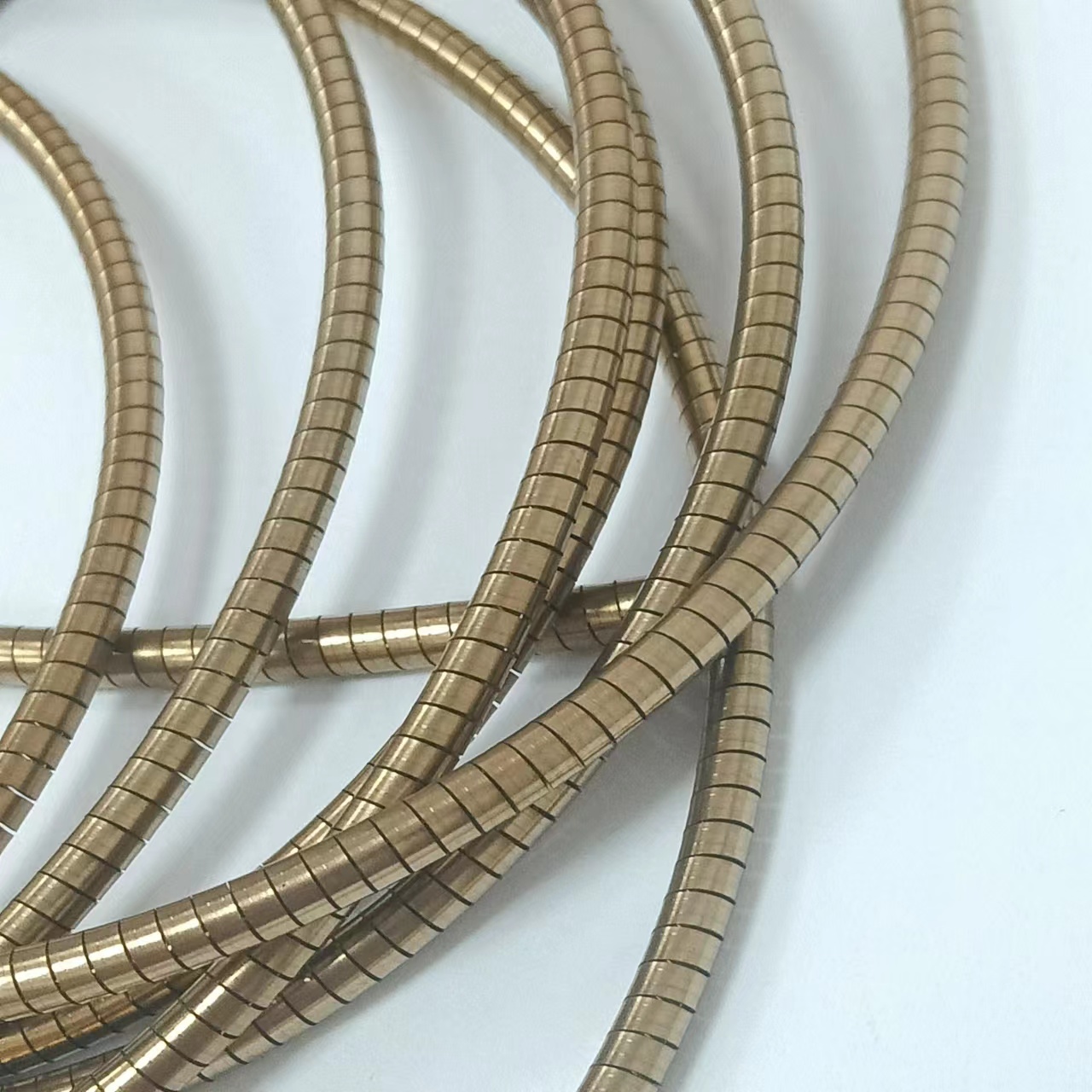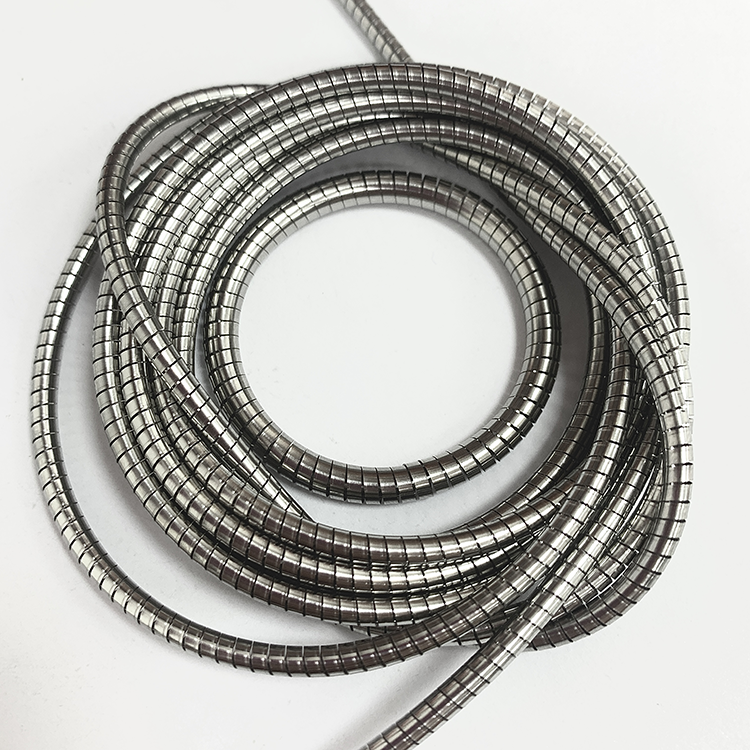Helical springs come in various types, each designed for specific applications and requirements.
①Compression Spring: This is the most common type of helical spring, designed to resist compressive forces and store energy when compressed. Compression springs are widely used in automotive suspension systems, industrial machinery, and consumer products.
②Extension Spring: Also known as tension springs, these springs are designed to resist tensile forces and extend when pulled. They are commonly used in garage doors, trampolines, and various mechanical devices that require pulling or stretching forces.

③Torsion Spring: These springs are designed to exert torque or rotational forces when twisted. They store energy when twisted and release it when the torque is released. Torsion springs are commonly used in applications such as clothespins, door hinges, and automotive suspension systems.
④Constant Force Spring: This type of helical spring provides a constant force throughout its deflection range. They are often used in applications that require a constant or uniform force, such as retractable tape measures, window shades, and balance mechanisms.
⑤Belleville Spring/Wave Spring: These are disc-shaped springs with a conical or wave-shaped design. Belleville springs are used to provide high loads and small deflections, making them suitable for applications requiring high spring rates and limited space, such as valves, clutches, and bolted connections.

⑥Spiral Spring: Spiral springs are coiled in a flat or spiral shape, providing torsional resistance and flexibility. They are commonly used in applications like clock mechanisms, electrical contacts, and spiral balance systems.
⑦Volute Spring: Volute springs consist of multiple coils wound in a conical shape. They are used to provide linear force or tension in applications such as seat belt re-tractors, safety valves, and suspension systems.
⑧Power Spring: Power springs, also known as clock springs or motor springs.They are tightly wound springs that store and release rotational energy. They are commonly found in devices like spring-driven clocks, retractable cords, and power tools.
These are just a few examples of the various types of helical springs available. Each springs with its own unique design and application characteristics. The selection of the appropriate type depends on factors such as load requirements, space limitations, deflection range, and environmental conditions.